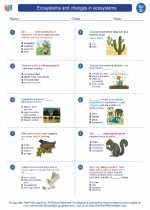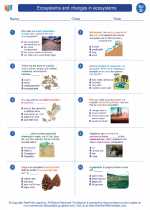Structure of Triglycerides
Triglycerides are composed of a glycerol molecule and three fatty acid molecules. The fatty acids can be saturated or unsaturated, and their composition determines the physical properties of the triglyceride.Functions of Triglycerides
1. **Energy Storage**: Triglycerides serve as a concentrated source of energy in the body. When the body needs energy, triglycerides are broken down into fatty acids and glycerol, which can be used to produce ATP, the body's primary energy currency.2. **Insulation and Protection**: Triglycerides are stored in adipose tissue, where they provide insulation and protection for organs in the body.3. **Cellular Structure**: Triglycerides are important components of cell membranes and play a role in maintaining the integrity and fluidity of cell membranes.Triglycerides in Foods
Triglycerides are found in various foods, including oils, butter, meats, dairy products, and certain plant-based foods. Consuming excessive amounts of triglycerides, especially from sources high in saturated fats, can contribute to health issues such as obesity and cardiovascular disease.Study Guide for Triglycerides
.◂Science Worksheets and Study Guides Fourth Grade. Ecosystems and changes in ecosystems
Study Guide Ecosystems and changes in ecosystems
Ecosystems and changes in ecosystems  Worksheet/Answer key
Worksheet/Answer key Ecosystems and changes in ecosystems
Ecosystems and changes in ecosystems  Worksheet/Answer key
Worksheet/Answer key Ecosystems and changes in ecosystems
Ecosystems and changes in ecosystems  Worksheet/Answer key
Worksheet/Answer key Ecosystems and changes in ecosystems
Ecosystems and changes in ecosystems  Vocabulary/Answer key
Vocabulary/Answer key Ecosystems and changes in ecosystems
Ecosystems and changes in ecosystems  Vocabulary/Answer key
Vocabulary/Answer key Ecosystems and changes in ecosystems
Ecosystems and changes in ecosystems  Vocabulary/Answer key
Vocabulary/Answer key Ecosystems and changes in ecosystems
Ecosystems and changes in ecosystems 

 Worksheet/Answer key
Worksheet/Answer key
 Worksheet/Answer key
Worksheet/Answer key
 Worksheet/Answer key
Worksheet/Answer key
 Vocabulary/Answer key
Vocabulary/Answer key
 Vocabulary/Answer key
Vocabulary/Answer key
 Vocabulary/Answer key
Vocabulary/Answer key

The resources above cover the following skills:
Life Science
There is interaction and interdependence between and among living and nonliving components of ecosystems. Students can:
Identify the components that make a habitat type unique
Compare and contrast different habitat types